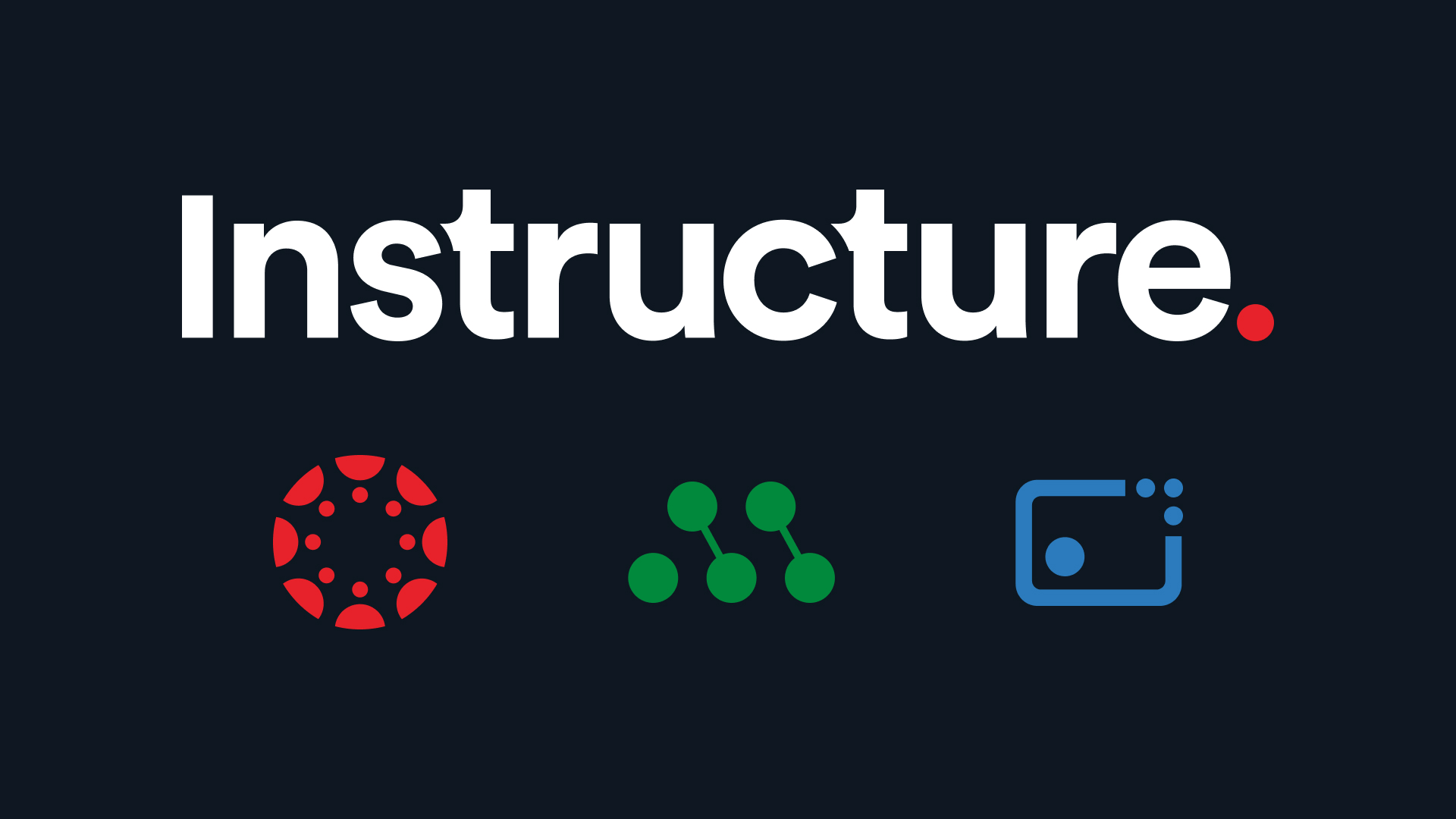These last few years have been a wild ride for education organizations and those who serve them, but one thing has become increasingly clear: doing things the same way as before isn’t going to deliver different results. Educators and administrators need access to relevant information at the right times. Only then can they ensure their digital learning tools are having a positive impact for students and teachers, while being safe, cost-effective and equitable.
LearnPlatform by Instructure’s edtech effectiveness solution was built for this purpose.
Here are six coordinated actions every education leader and department head should take to modernize their learning environment and ensure a financially, instructionally and operationally safe and effective edtech ecosystem.
Get Organized
Organizing all your education technology resources and related support information (how-to guides, clear guidelines for use, links to access, etc.) equips students, teachers, parents and administrators to know what they have access to, could/should use, and self-direct for their own needs. Unified contract management for administrators with an integrated searchable edtech resource library with statuses and related information for teachers, parents and students is the first step in modernizing “the Wild West.”
→ TIP: Claim your district’s Inventory Dashboard to see the edtech used across your district.
Communicate Relevant Information
Ensuring smooth and efficient communication is essential for driving effective teaching and learning at scale. Teachers need to know which digital tools are safe, approved and available for their use – and what’s not – and be able to access resources to help them best integrate these tools into their classrooms. Likewise, parents and families need to understand what their students are using, and how they can support them. This might feel just like good practice, but one of the best deterrents of a cybersecurity attack is an informed workforce – embed and reinforce clarity of communication to prevent shutdowns or worse.
Streamline Processes
Core processes for requesting, vetting and procuring new edtech tools should be consistent, transparent and efficient. Having processes in place is the most direct path to reduce frustration, negotiate better pricing, increase return on investment and reduce the risks of persistent challenges – including cyberattacks and privacy breaches.
Mitigate Risk and Manage Compliance
Clear communication to your entire community – teachers, staff, students and families – about which edtech tools are safe and approved for use should be an essential part of your cybersecurity and data privacy protections. Building both cybersecurity and privacy into your vetting processes is another (see above).
Analyze What’s Happening, Quickly
To drive more effective instruction, operations and financial management, understand the breadth of edtech tools used by performing periodic audits of your edtech ecosystem, and/or running regular evaluations to understand whether edtech use is cost-effective and leading to student growth. Likewise, understanding how your teachers feel about the edtech tools they are using is critical to keeping them engaged. To be most informative and useful, their feedback should be structured and timely.
These types of analyses should not be one-and-done efforts, and they are useless if they take too long and cost too much. Rather, they should be intentional, routine and aligned with your strategic initiatives.
→ Download the LearnPlatform grading rubric for collecting feedback on edtech tools.
Focus on Continuous Improvement
This work should be ongoing, so the structures and systems you put into place must support new, sustainable ways of doing things. Defining, refining and communicating your efforts and aligning them with your goals, structures, unique community needs and characteristics, in combination with the five steps above, is a critical part of the process.
As with anything of value, these six actions can be easier to write than put into practice, but with technology now an essential part of teaching and learning, we must ensure our systems and processes are up-to-date. Getting organized is often the easiest place to start, but ultimately it’s a bit like Trivial Pursuit: getting each piece feels good, but you need all six pieces to succeed.
Related Content
 inst-3step.jpg
inst-3step.jpgBlogs

Blogs
 digging_deep_into_2025s_learning_trends_the_state_of_higher_education_in_anz_-_thumbnail_1.png
digging_deep_into_2025s_learning_trends_the_state_of_higher_education_in_anz_-_thumbnail_1.pngBlogs

